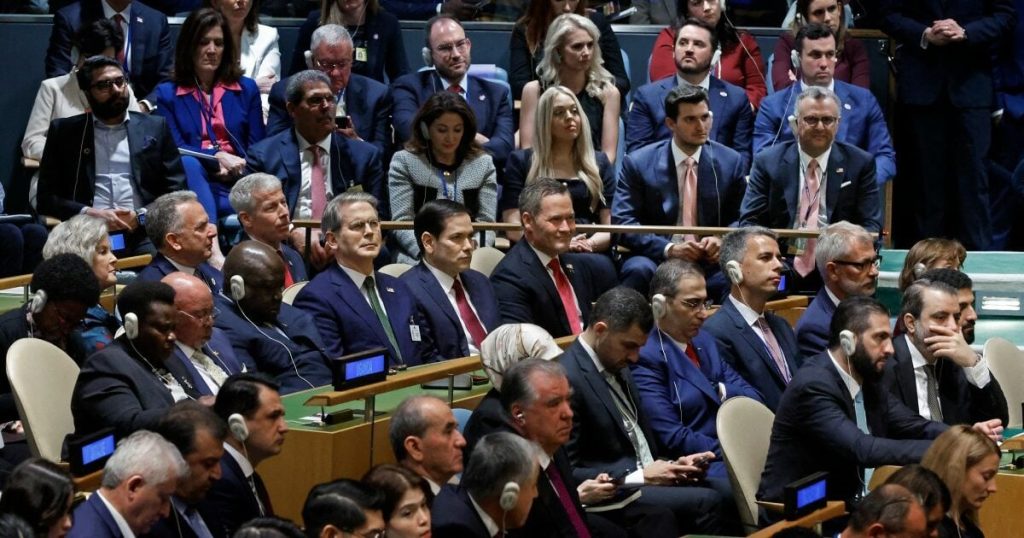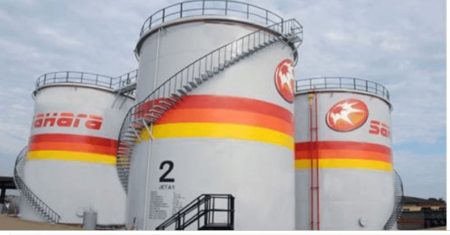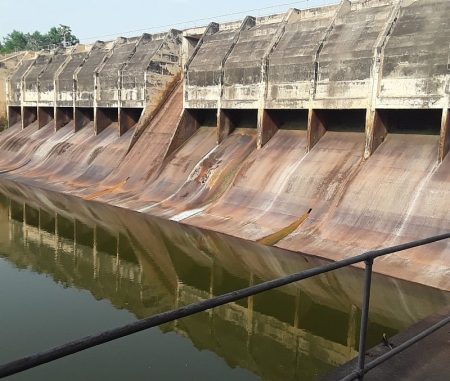Navigating Global Economic Crosscurrents: South-East Europe’s Growth Trajectory Amidst Emerging Challenges
The economic landscape of South-East Europe is poised to encounter a complex interplay of factors in the coming years, with global trade tensions, rising competition from China, and domestic fiscal constraints shaping its growth trajectory. The European Bank for Reconstruction and Development (EBRD), a key institution supporting economic development in the region, has offered its insights into the evolving economic panorama, highlighting both opportunities and vulnerabilities. While the EBRD has revised its growth projections upwards for the current year, it anticipates a slight moderation in the pace of expansion for 2026, reflecting the influence of various external and internal pressures.
One of the prominent concerns revolves around the potential impact of US trade policies, particularly the tariffs imposed by the Trump administration. While the initial shockwaves appear to have been absorbed, the EBRD emphasizes the uneven distribution of effects across different countries. Some nations, like Kazakhstan and Hungary, have experienced a surge in exports of specific goods to the US, offsetting the negative consequences of tariffs. However, others, particularly those in the Balkans, may face greater challenges in accessing the American market, requiring adjustments in their trade strategies and diversification efforts.
Adding to the complexity is the increasing competition from China in global export markets. As China continues its economic ascent, its presence in various sectors is becoming more pronounced, posing a challenge to South-East European economies seeking to maintain their export competitiveness. This necessitates a strategic response, focusing on innovation, value-added production, and the development of niche markets to differentiate their offerings and withstand the intensifying rivalry.
Furthermore, internal fiscal pressures within South-East European countries represent another significant factor influencing their economic prospects. Government budgets face constraints due to various factors, including rising social spending, infrastructure needs, and the need to maintain fiscal stability. These limitations can restrict the ability of governments to implement expansionary policies, potentially dampening economic growth. Striking a balance between fiscal prudence and investments that foster economic development will be crucial in maintaining a sustainable growth path.
The EBRD’s assessment provides a nuanced perspective on the economic outlook for South-East Europe. While the upward revision for the current year suggests resilience and dynamism, the moderation projected for the subsequent year underscores the importance of proactive measures to address the emerging challenges. Navigating the evolving global trade landscape, fostering innovation to compete effectively with rising economies like China, and managing fiscal resources judiciously will be pivotal in sustaining and enhancing economic growth in the region.
Beyond the immediate challenges, the EBRD’s expanded mandate to include sub-Saharan African nations reflects a broader shift in the global development landscape. The inclusion of these rapidly developing economies adds another layer of complexity to the EBRD’s operations, requiring a nuanced understanding of diverse contexts and tailored approaches to support economic growth and transformation. This expansion also underscores the interconnectedness of global economic trends, with developments in one region influencing the trajectories of others.
In the context of Ukraine, the EBRD acknowledges the enduring impact of the ongoing conflict with Russia. The downward revision of Ukraine’s growth forecast reflects the economic toll of the war, the disruption of trade and investment flows, and the strain on public finances. International support and continued assistance will be crucial in helping Ukraine navigate these turbulent times, rebuild its economy, and restore stability. The interconnectedness of global events and the ripple effects of geopolitical tensions underscore the multifaceted challenges facing economies in transition. The EBRD’s analysis serves as a valuable resource for policymakers, businesses, and investors seeking to understand the evolving economic landscape and make informed decisions in a world characterized by both promise and uncertainty.














